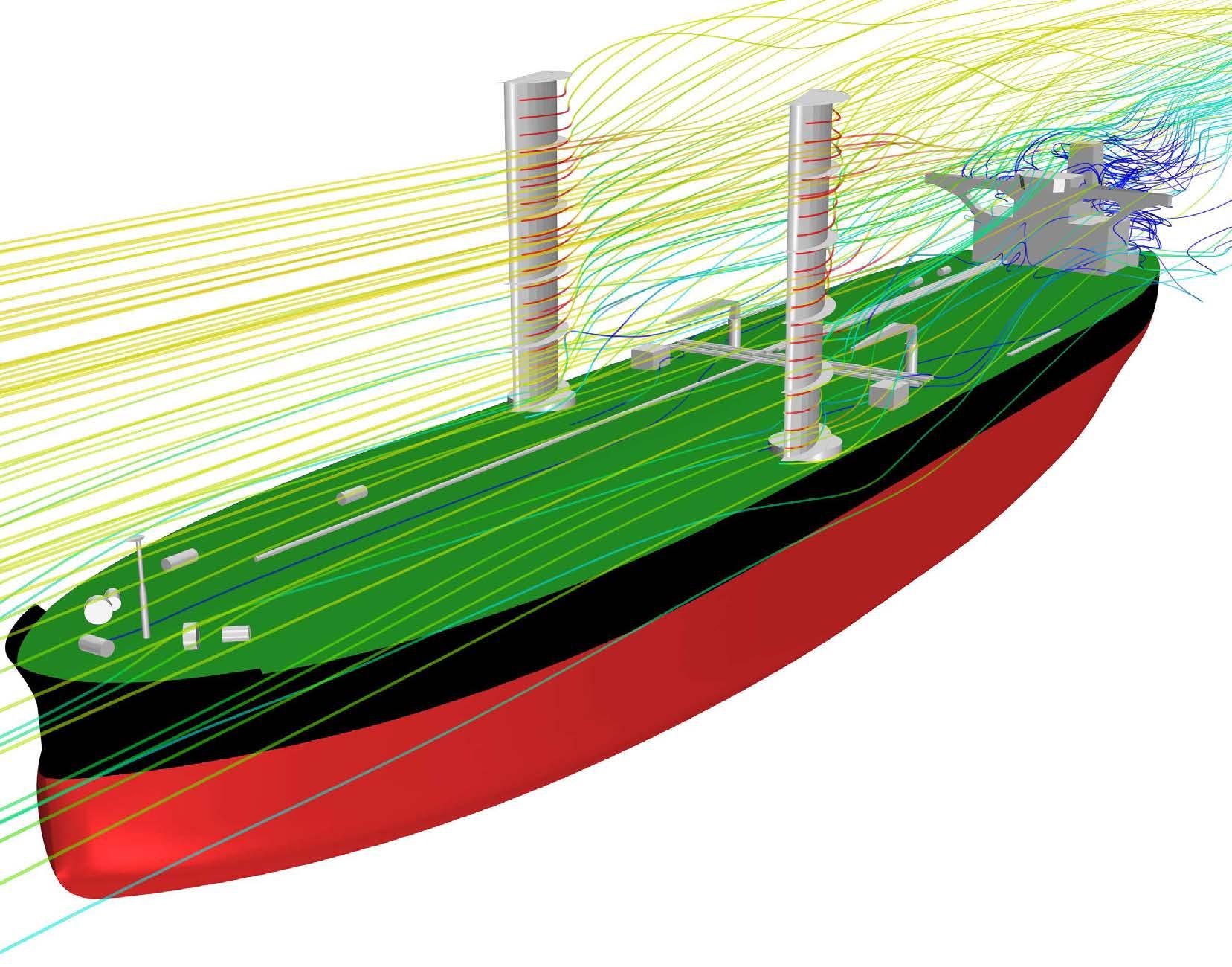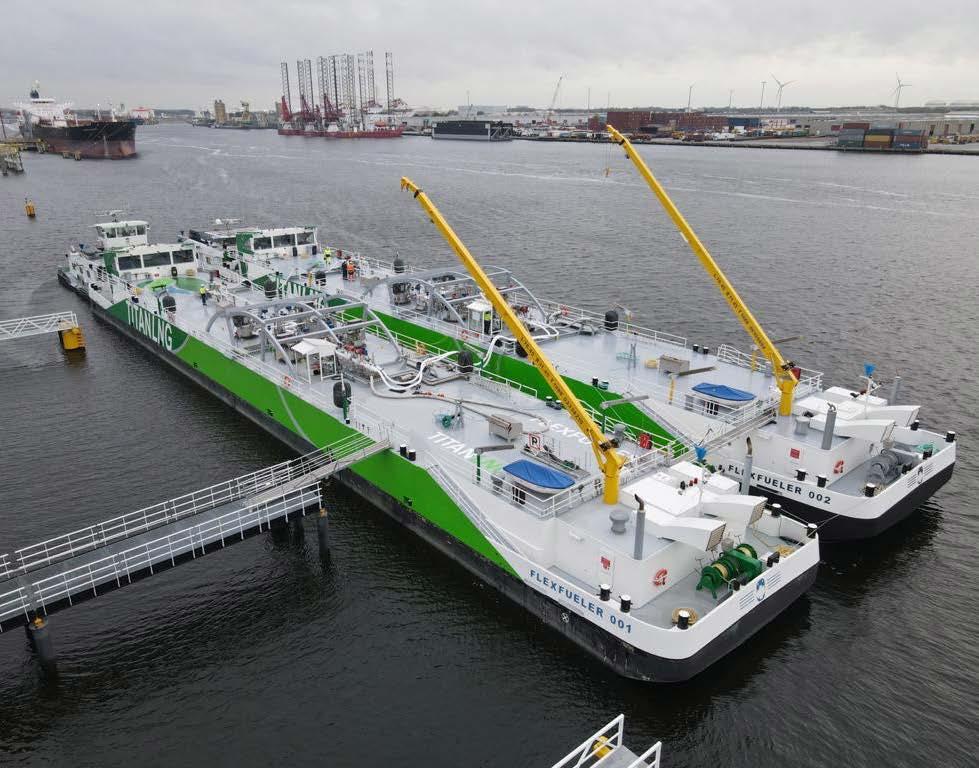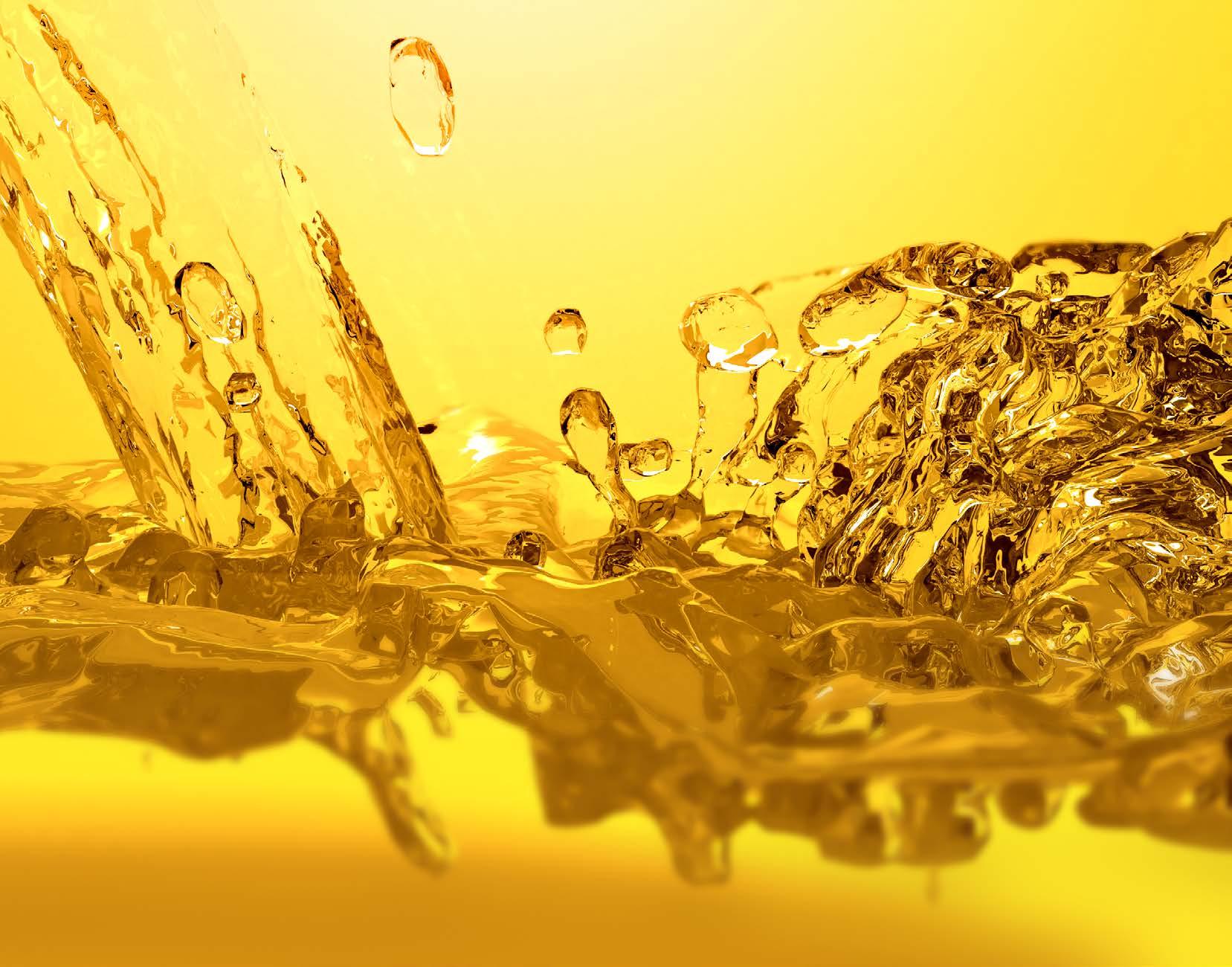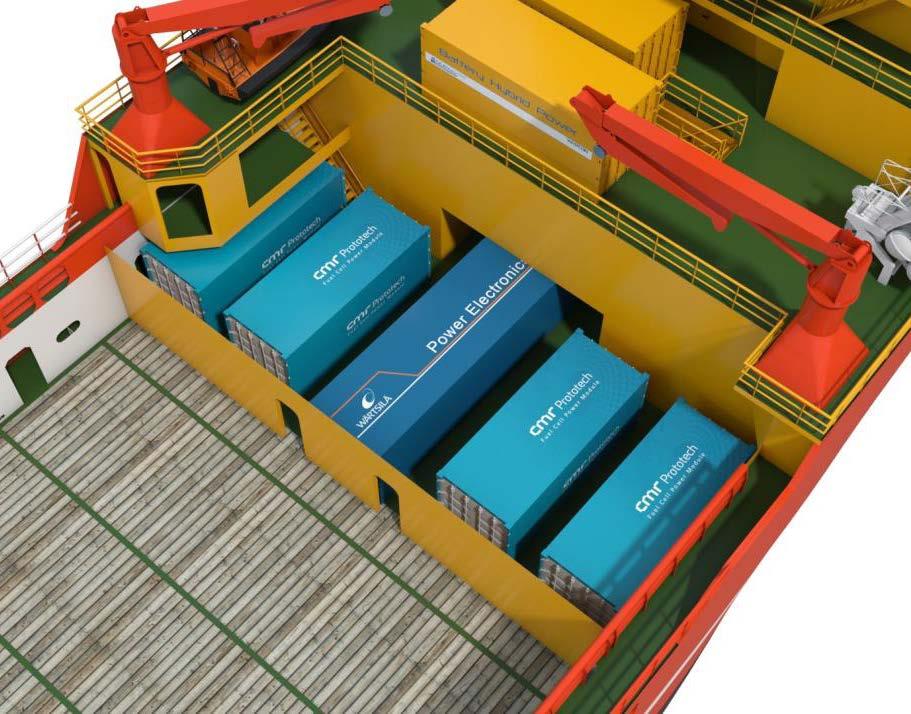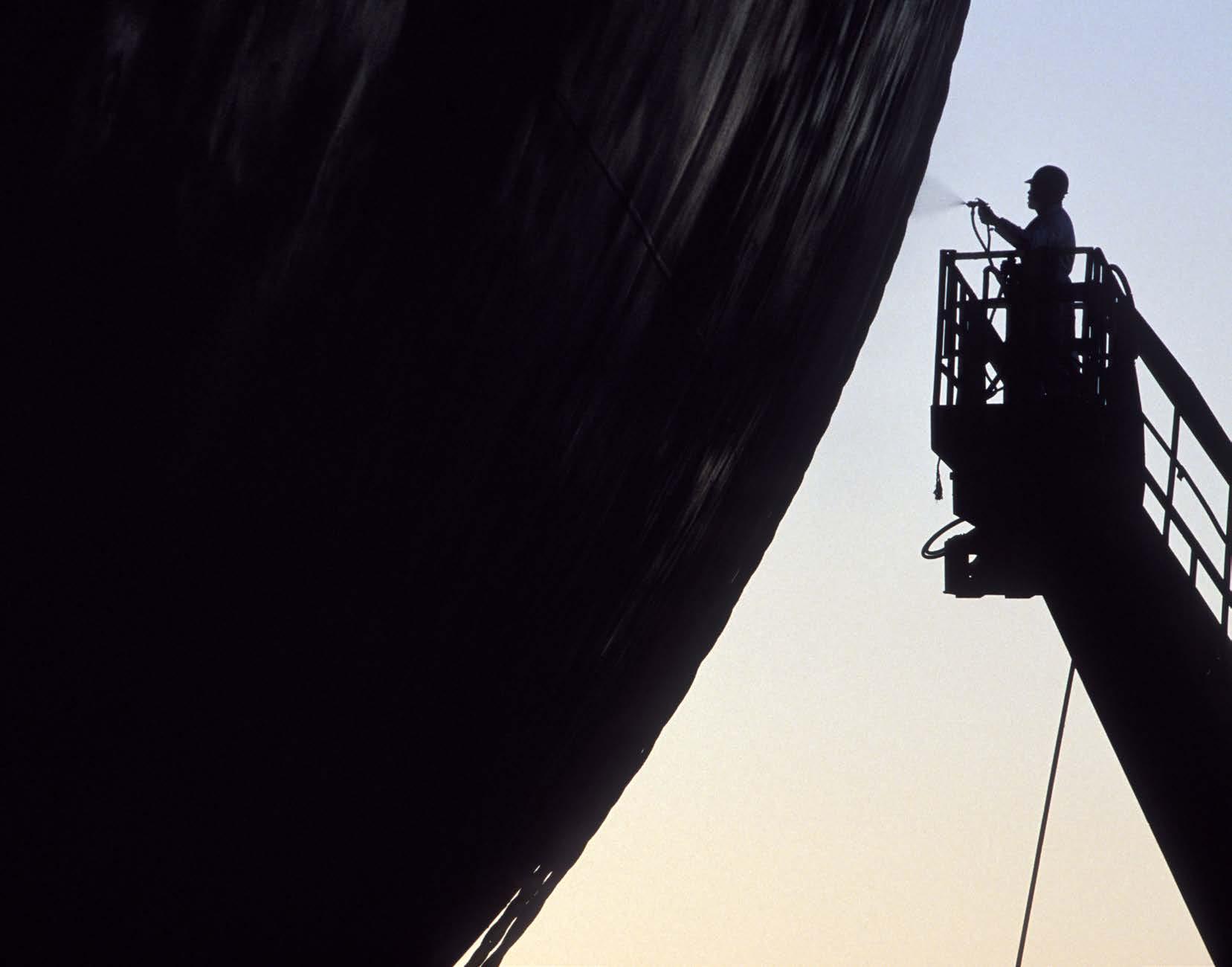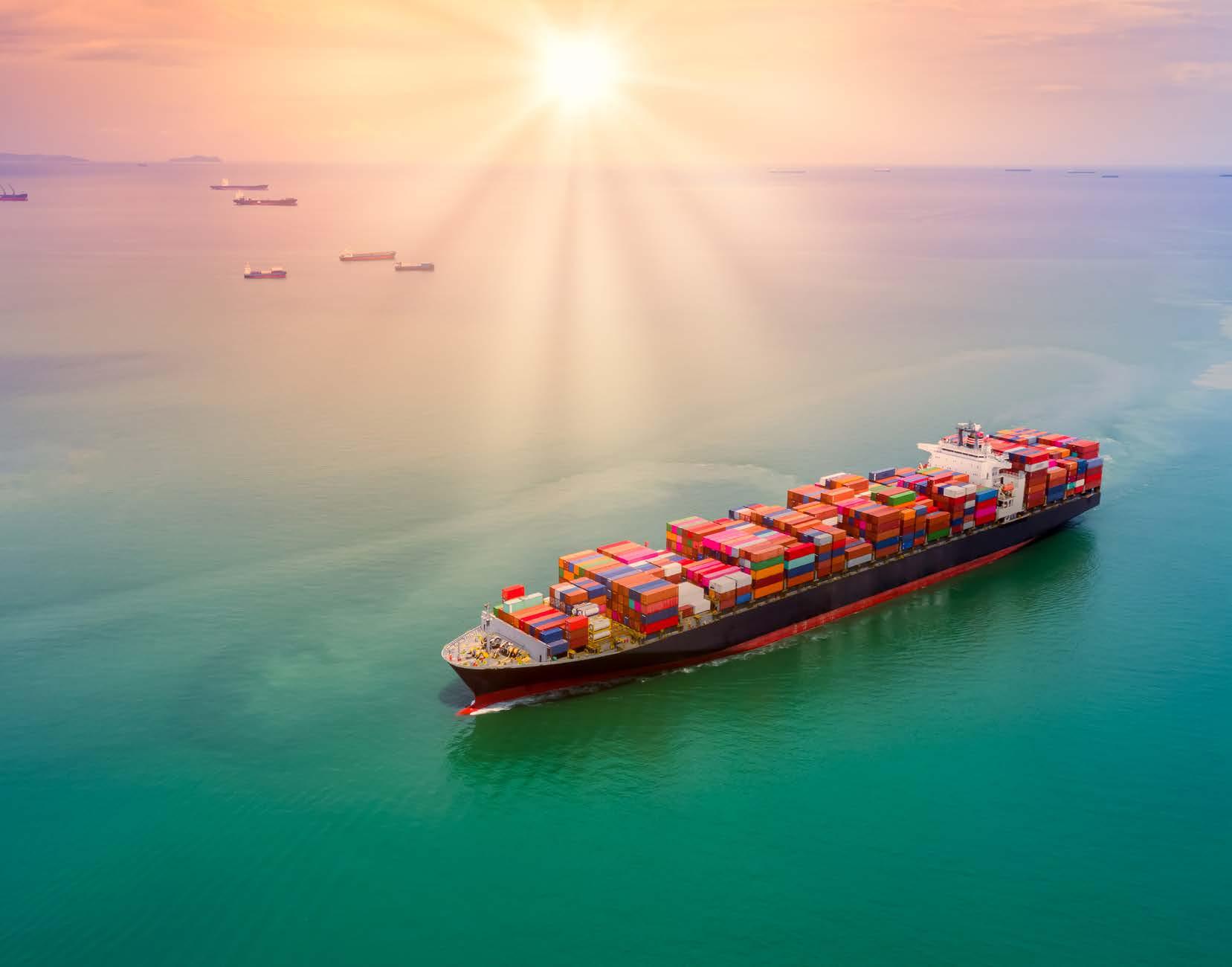38
ALTERNATIVE FUELS: AMMONIA
Several highlevel studies are examining the safe use of ammonia for marine propulsion, while several industry consortia are gearing up to embrace its use
Schematic of the fuel cells fitted on Viking Energy
AMMONIA: THE FUTURE OF FUEL? The use of ammonia as a future fuel is currently gaining traction with several high level studies ongoing aimed at testing various solutions. In addition, there are a growing number of Approval in Principals (AiPs) being awarded to ammoniapowered vessel designs by the major classification societies. Of course, the use of ammonia is not without its challenges, as highlighted by a recent study published by classification society American Bureau of Shipping (ABS). Ammonia is in the early stages of development for marine propulsion. For example, ammonia-fuelled engines are under development and the use of ammonia in fuel cells is also being explored. Two major barriers exist — the cost of producing ammonia-based fuels and the need to ensure that they are safe to use on ships. Apart from the cost of adapting the infrastructure, ammonia is toxic to humans and aquatic life. Therefore, considerable safety measures must be taken, ABS warned. When used as an IC-engine fuel, ammonia
combustion predominantly produces water and nitrogen. Unburned ammonia must be closely controlled and guidance on acceptable limits to avoid plume formation or human health hazards can be drawn from other regulatory requirements, where limits of 2-10 parts per million (ppm) may be applied. IMO NOx limits would also be applicable upon its combustion. Fuel containment, distribution and supply systems can be based on existing technologies and prescriptive requirements. In a liquid state, ammonia is not flammable and cannot ignite. However, it vaporises rapidly and this vapour has a narrow flammable range. The main concern is toxicity and additional measures are needed to control normal and abnormal discharges. Understanding the requirements of ammonia gas, including low-temperature service, pressurised storage tanks, flammable gases and working with corrosive and toxic materials, is key to addressing the safety hazards involved.
C L E A N S H I P P I N G I N T E R N A T I O N A L – S p r i n g 2 0 21


